Codependence has donned a variety of descriptions over the years. In the 1980's, it was more commonly used to refer to someone in a relationship with an addict. Currently it is used to describe a loss of sense of self or a disturbance in one's identity or ability to experience intimacy with oneself or another. Common to its core are suppression of feelings and pleasing others at the expense of one's own needs and desires in order to stay in relationship. Another aspect of codependency is blaming shifting onto others, meaning, making others responsible for how I am experiencing life. If I don't have money, it's someone else's fault. If I can't get a good job, someone else is to blame. My relationship isn't working, it's because of my partner, etc...
Connection and sense of belonging are basic human needs. A codependent person is one who has learned that for them, connection with another human being, means not being able to get their own emotional and/or physical needs met and yet, they have to have connection, so the connection itself becomes the focus and not getting other needs met, is secondary. A codependent person, on a subconscious level, doesn’t believe they deserve to have needs and therefore, will become whatever they perceive that others need them to be in order to be in relationship.
“Codependency is a construct introduced in the 1980s to describe a wide range of relational behaviors that inhibit personal functioning. The codependency movement began within the substance abuse treatment movement with the recognition that not only alcoholics but also the families of alcoholics required treatment." (Krestan & Bepko, 1990). Starting in the mid 1980s, the concept of codependency was extended to anyone who became involved in dysfunctional relationships. Currently, the Proto typical characteristics of a codependent are extreme dependence on and preoccupation with another person, regardless of whether that other person is a substance abuser.” (Cowan, 1995, p. 221 )
Yet another definition of codependency is that not only is it a dependency on others, but also on compulsive behaviors. “Codependency is a pattern of painful dependence on compulsive behaviors and on approval from others in an attempt to find safety, self-worth, and identity.” (Treadway, 1990, p. 39 - 42)
In an article titled, Codependency and the Eating-Disorder client in the Journal, Nursing Clinics of North America, the term codependency is defined as “an adjustment reaction, which may become a developmental disorder, in which persistent patterns of learned, self-defeating behaviors, characterized by denial of one’s own feelings, beliefs, or values, are continually repeated without insight.” (Riley, 1991, 765)
In my own experience of codependency, I lacked the knowledge that I was worthy of having needs and lacked even more knowledge of how to get them met in a healthy way. Underlying this was a belief that I needed others to take care of me because I was not enough to take care of myself. I truly believed that the source of my own suffering was my circumstances as well as my husband and his behavior and yet, I felt completely powerless to do anything about it and felt I had no other choice than to keep the status quo and somehow be content. “In an article from the book Co-Dependency, An Emerging Issue, Robert Subby wrote codependency is "an emotional, psychological, and behavioral condition that develops as a result of an individual's prolonged exposure to, and practice of, a set of oppressive rules - rules which prevent the open expression of feeling as well as the direct discussion of personal and interpersonal problems.’” (Beattie, 1992, p. 30)
Earnie Larsen, another codependency specialist and a pioneer in that field, explains that codependency is "those self-defeating, learned behaviors or character defects that result in a diminished capacity to initiate or to participate in loving relationships." (Beattie, 1992, p. 30) Melody Beattie, a codependency expert and author of Codependent No More, says that, “A codependent person is one who has let another person's behavior affect him or her, and who is obsessed with controlling the other person's behavior.” (Beattie, 1992, p. 34) In my experience, this is not happening on a conscious level. It is truly a cry to get emotional needs met, but the tools to do so are lacking so the codependent person subconsciously tries to ‘force’ others to meet their needs through guilt, neediness or abuse.
So, we’ve moved from believing that a person must be exposed to abuse or addiction in order to become codependent, to realizing that all a person really needs, in order to take on the characteristics of codependence, is oppressive rules, someone else telling them what is good for them and not allowing them to have choice and set healthy limits and boundaries as well as a general loss of their sense of self. This may happen in any relationship and often can come from the experience in the family of origin.
In my work with clients as well as in my training at the Wellness Institute, I’ve come to believe that helping ourselves and our clients become aware of and heal their codependence is foundational for healing. The following is Diane Zimberoff’s Definition, from her article titled, Codependency and Compulsive Addictive Behavior.
"What is codependency? It is two or more people coming together who are not in themselves whole. A child who is raised in a family where he/she does not receive all the nurturing needed to grow up strong and healthy and complete; a child who is raised in a family where the parents are obviously not in control of their lives; a child who is raised in a family where the victim triangle is played and everyone at some point feels like the victim. This is a codependent family. Then this child grows up (physically but not always emotionally) and marries someone who also is not complete inside.
What is the difference between a codependent person and someone else? A good analogy is a tree. If you plant two trees next to each other, but treat them differently, they will grow differently. For example, if you give one tree all the proper nutrients, water and sunlight, this tree will grow up healthy: it will flourish and produce abundantly. If the other tree does not receive the needed nutrients, sunlight and water, it will grow but not be as hardy and will not produce as abundantly. If it doesn’t receive any nutrients it will wither and die.
A codependent person is like the tree which did not receive the proper nutrients. And the degree of which the nutrients were absent is the degree of the codependency: the degree to which the person becomes dependent on drugs, alcohol, food or a relationship. This is what addiction is based on. It is that tree constantly trying to “soak up” the nutrients that have been missing for years. Frantically searching for the “proper ingredients” so that it can flourish and produce abundantly like the well tree.
When an unhealthy tree turns to another unhealthy tree for support, they will lean on each other and collapse. This is what happens with two codependent people who marry. They become more and more dependent on each other and begin to lean on each other. As they lean on each other their branches become so entwined that soon you can no longer tell which is which. Their individuality becomes so tangled up that they themselves don’t know where one ends and the other begins. Eventually, one or both collapse from the weight of both.
The collapse can take the form of stress-related symptoms: alcohol, drug, tobacco or food abuse. It can take form of a nervous breakdown, physical illness or just constant daily pressures that seem to build up. It may take years to become even vaguely aware that there is a problem. The reason for this is that to a codependent, codependency is so normal and feels so familiar that he/she assumes this is the way it should be." (Zimberoff 2015, p. 2)
Similarly, the Twelve Steps of Adult Children Workbook defines codependency as, “constantly looking outside of ourselves for love, affirmation, and attention from people who cannot provide it. At the same time, we (codependents) believe that we are not truly worthy of love or attention. In our view, codependence is driven by childhood fear and distorted thinking known as para-alchoholism. We choose dependent people who abandon us and lack clarity in their own lives because it matches our childhood experiences.” (Twelve Steps of ACA Workbook, p. 6) It explains that “the main problem is a mistaken belief that we could have changed our parents.” (Twelve Steps of ACA Workbook, p. 6). It explains that a codependent person has confused love with pity and tend to pity those they can rescue. Codependent people are drawn to people that seem familiar and so they find dysfunctional people and “attempt to heal them or cure them.” (Twelve Steps of ACA Workbook, p. 6)
There are nine core symptoms of codependency. They are: Abandonment fears, lack of self-esteem, shame, unhealthy boundaries, addictions/compulsions, need to control, poor sense of identity, confusion over needs and wants, and family of origin issues. In my own experience of being codependent and traveling the journey of healing it, the sense of helplessness and powerless I experienced, caused me to seek some form of control in my life. I played the role of victim quite skillfully and had many caretakers in my life. I turned to food and exercise because it felt like the only thing I could control. It also served as a distraction from my total sense of helplessness to change anything about my life and on top of that, I was being taught to be content and joyful no matter what, in spite of my circumstances, so I didn’t realize I was allowed to feel how I really felt. I interpreted that as, ‘do nothing about my circumstances and just be happy.’ The only thing that felt happy was being able to control what my body looked like and the food I ate. I got pleasure from eating and it seemed as though every moment of my day was consumed by thoughts of having a perfect body and what food I was going to or not going to eat next.
I also felt totally responsible for other people’s experience of me and of life. I’d do anything to make sure others liked and accepted me. I’d hide my opinions, I looked how I thought they’d like, I was nice, I was funny, I was agreeable, I’d do anything to avoid conflict, but I wasn’t true to my own self. All of this caused immense anxiety and I was eventually diagnosed with manic depression. As I look back now, it makes so much sense that I felt empty and powerless so I turned to food and exercise as my ‘drug of choice’, to try to numb out that feeling.
For me, codependency is about not knowing how to get our needs met in a healthy way. As children, if we grow up in dysfunction where our basic needs cannot be met in healthy ways, we brilliantly learn how to somehow get paid attention to either by being overly demanding and controlling, being helpless and needy or by taking care of others while not getting our own needs met. (See my article on Transforming the Victim Triangle) Often times, the ‘others’ are our parents. We come to believe that it’s our job to make everything ok for our parents and please them any way we can. Codependency is taking responsibility for other people’s experience of life or making others responsible for ours. When we are codependent, we feel powerless because our life is dependent on how others react to us and what our circumstances are and we are left feeling that in order to have a new experience of life, others, or our circumstances need to change.
This is not reality though. In order to experience change, we must change how we are experiencing life. We do this through finding and healing the wounds in our heart, in our spirit, in our soul. Until we do so, we will feel powerless and we’ll have a need to use some form of ‘medication’ to numb ourselves. The best way I've found to this is with an experienced coach or therapist who can help you find and heal your hidden wounds and beliefs, to reclaim your true self and to experience relationships that are interdependent rather than codependent, where you are honored for being you, not made responsible for how others feel, and you largely know that you have everything you need in order to be responsible for your experience of life.
Sources
Beattie, M. (1992). Codependent no more: How to stop controlling others and start caring for yourself. Center City, Minnesota: Hazleden Foundation.
Cowan, G., Bommersbach, M., & Curtis, S. (1995). Codependency, Loss Of Self, And Power. Psychology of Women Quarterly Psychol of Women Q, 221-236.
Hartman, D. (2014). Codependency. Internship Weekend 1 (Sept. 2014) by The Wellness Institute in Issaquah, WA, USA.
Hartman, D. (2013). Eating Disorders: Signs and Symptoms. 6 Day Hypnotherapy Training (May, 2013) by The Wellness Institute in Issaquah, WA, USA.
Krestan, J., & Bepko, C. (1990). Codependency: The social reconstruction of female experience. Smith College Studies in Social Work, 216-232.
Mellody, P., & Miller, A. (1989). Facing codependence: What it is, where it comes from, how it sabotages our lives. San Francisco: Perennial Library.
Miller, K. D. (1991) Compulsive Overeating. The Nursing Clinics of North America, 26(3), 699-705.
Morgan, Jr. J. (1991). What is Codependence? Journal of Clinical Psychology. 47(5). 720 – 729.
O'brien, P., & Gaborit, M. (1992). Codependency: A disorder separate from chemical dependency. J. Clin. Psychol. Journal of Clinical Psychology, 129-136.
Riley, Elizabeth, A. (1991) Codependency and the Eating-Disorder Client. The Nursing Clinics of North America, 26(3), 765-775.
Roth, G. (2002). Feeding the hungry heart: The experience of compulsive eating. New York: Plume.
Subby, R. (1984). Inside the Chemically Dependent Marrige: Denial and Manipulation. In Cruse, S., & Dependence, I. (1984). Co-dependency, an emerging issue: A book of readings reprinted from FOCUS on FAMILY and chemical dependency. Pompano Beach, FL: Health Communications.
The twelve steps of adult children: Steps workbook. (2007). Torrance, CA: Adult Children of Alcoholics World Service Organization.
Treadway, D., (1990). Codependency: Disease, metaphor, or fad? Family Therapy Networker, 14(1), 39-42.
Zimberoff, D. (2014). Codependency and Compulsive-Addictive Behavior. Internship Weekend 1 (Sept. 2014) by The Wellness Institute in Issaquah, WA, USA.
Maria Rippo is a Transformational Healing & Wellness practitioner with an online as well as a local practice in Bothell, WA. She is an Advanced Clinical Hypnotherapist and Holistic Coach, working towards her Master's and PsyD in Transpersonal Psychology, but mostly, she is a human trying to figure out how to navigate this thing called life. This article Copyright 2016 by Maria Rippo, all right reserved. To replicate or use any portion of this article, please do so in its entirety including this text or contact the author at [email protected].
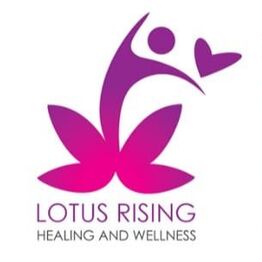
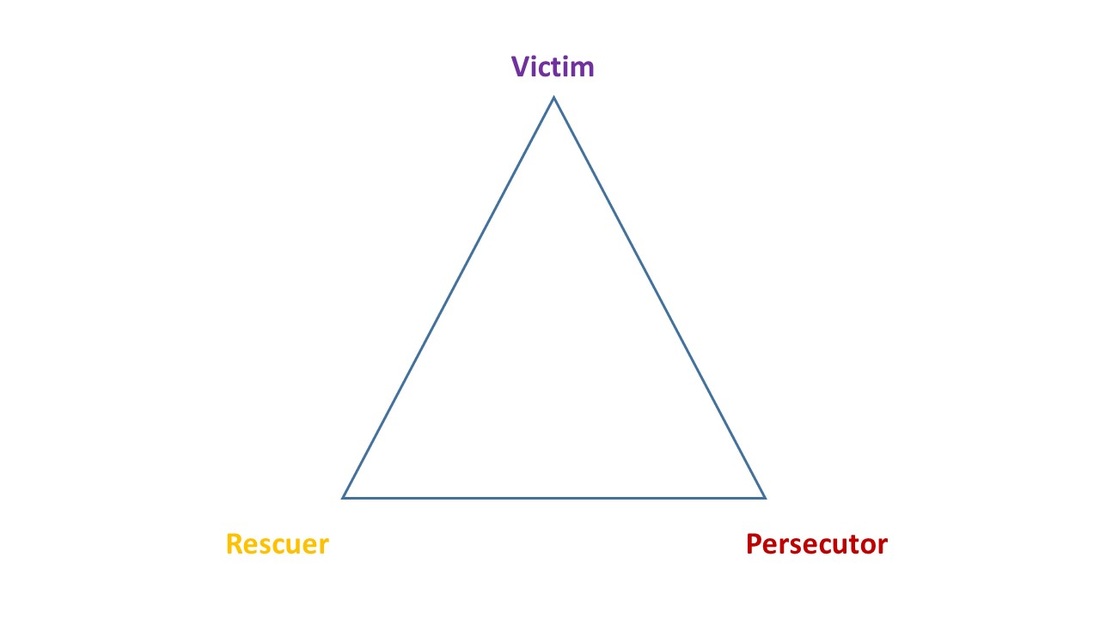
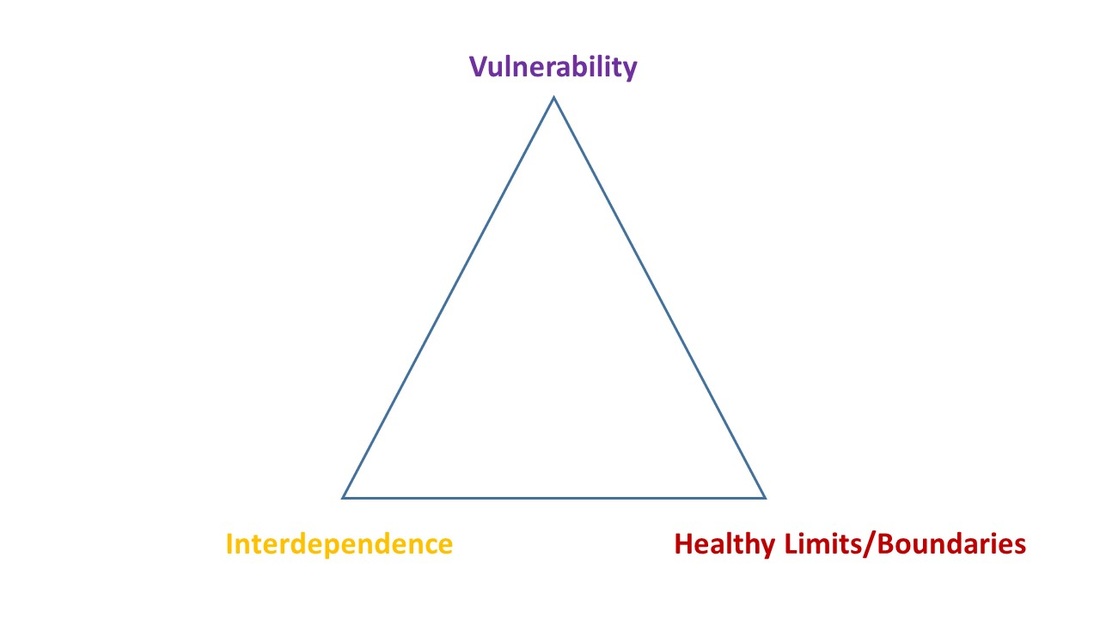

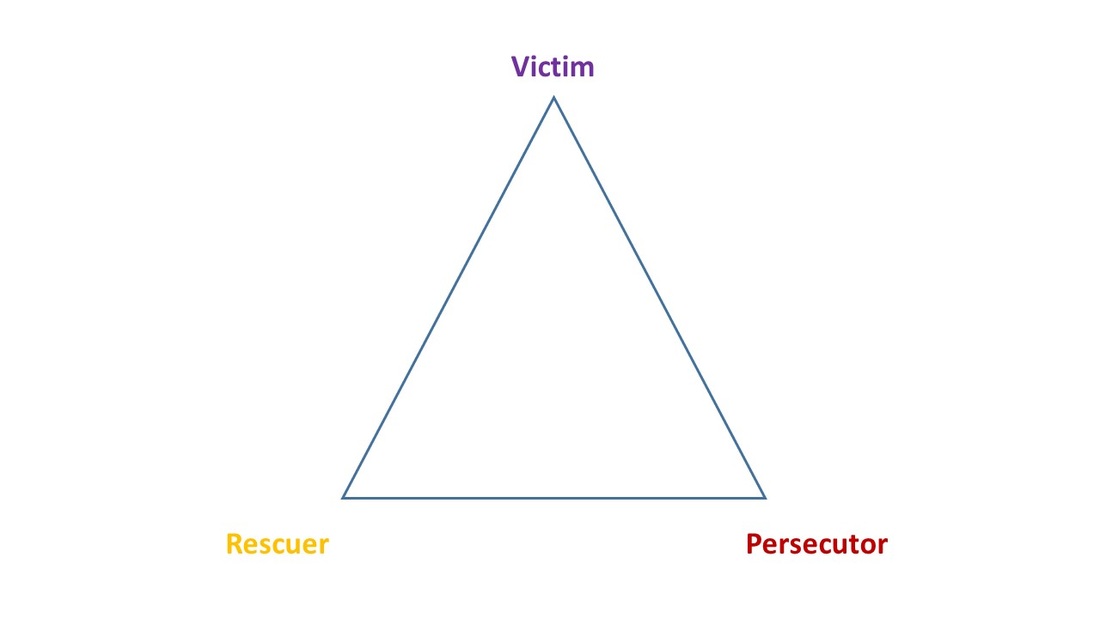
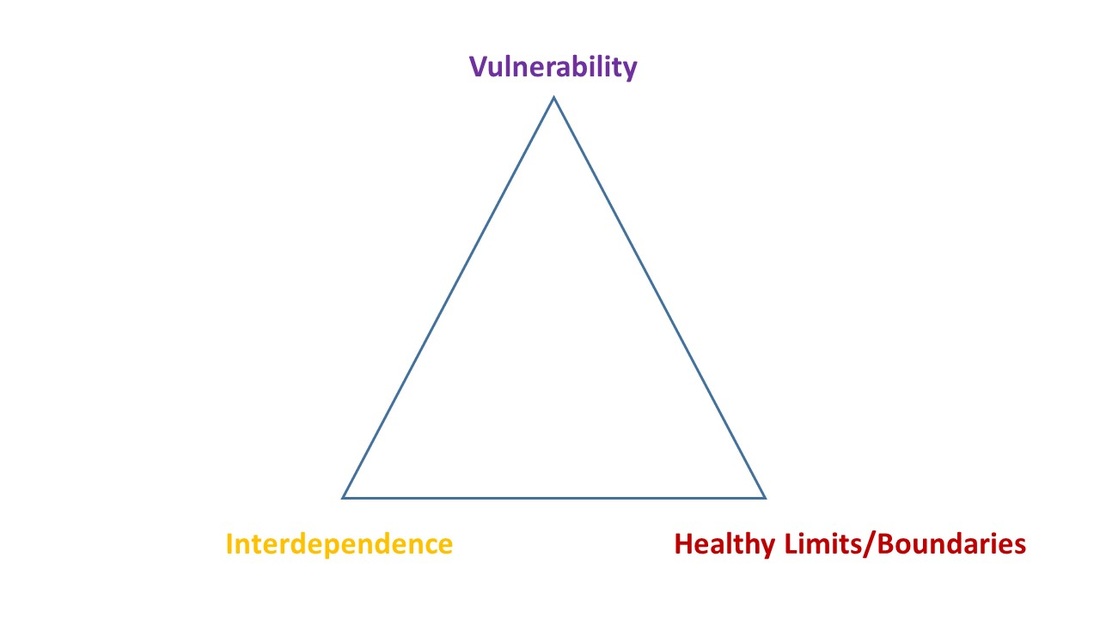


 RSS Feed
RSS Feed